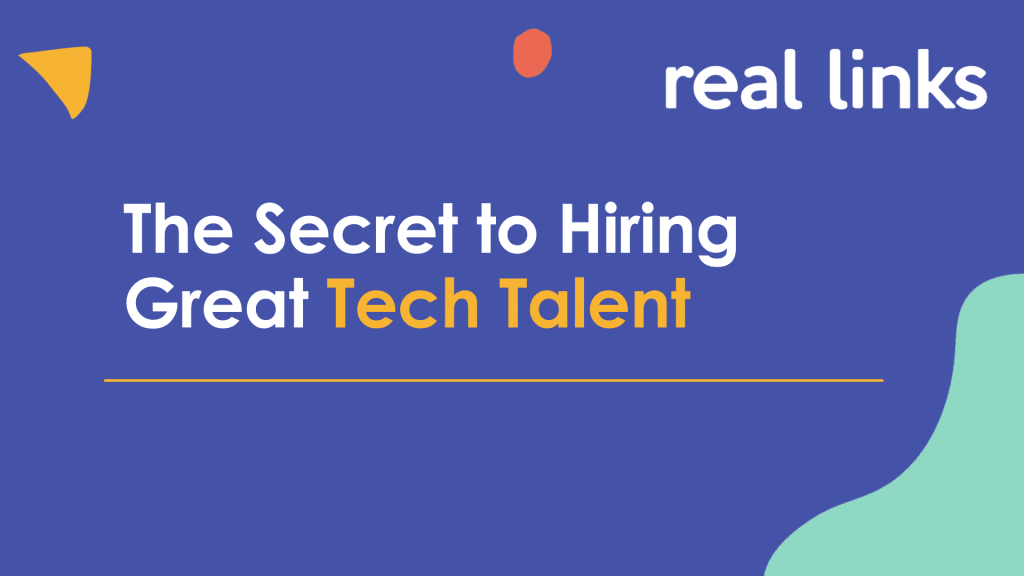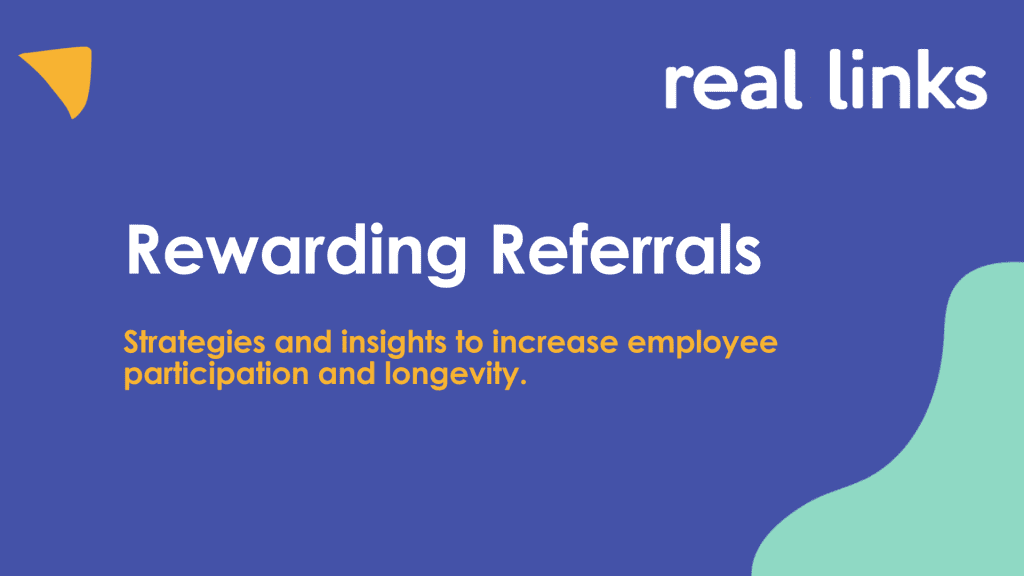The benefits of a successful referral program are widely understood. The challenge is getting employees to participate and engage with your scheme long-term. There are a variety of tactics you can use to help improve engagement, but one of the foundational principles of a great referral scheme is a deep understanding of the psychology behind your employee’s behaviour. Once you understand that, you can begin to tailor your messaging; rewards and gamification strategies to appeal to this unique audience, your workforce.
There are a few psychological models that can help support employee referrals. One of the primary ones is the Hook Model, created by entrepreneur, author, and behavioural economist Nir Eyal, it is a framework designed to understand and drive customer behaviour towards using products or services habitually. Although the model was intended for influencing customer behaviour and product marketing, the Hook framework can be applied to influence the behaviour of your workforce. By learning how to create scenarios that encourage habitual behaviour, you’ll be able to drive long term engagement with your employee referral scheme.
The 4 components of the Hook framework are trigger, action, variable reward, and
investment. When applied to the workforce and referral system, these components make up the process of creating referral habits and rewarding employees.
- The trigger is the auto matching technology that allows the employee to
refer to potentially qualified candidates. - The action resulting from the initial trigger will be the referral or social introduction of a candidate or sharing of company content on social channels. The employee can complete these actions in seconds straight from their dedicated dashboard on mobile or desktop.
- To find the type of reward that motivates the team, a focus group must be conducted to identify whether the team is motivated by rewards of the tribe, the hunt, or the self. The rewards of the tribe are social rewards like feeling included, appreciated, or accepted. A shout out on social media or any recognition publicly for their valuable participation is an example of a social reward. The rewards of the hunt are physical things, such as gift cards, coupons, or vouchers. Lastly, the rewards of the self concern mastery, competence and completion.
- The investment comes once employees have invested time and effort into completing actions within the referral scheme, the investment means they are more likely to repeat the action. The investment component helps to create a loop and our cognitive bias keeps us contributing.The Hook model is one of the most critical to understand when it comes to referrals schemes. Alternatively, the reason that referral systems don’t work tends to be lack of consistency (unclear process), lack of reason for referrals (rewards), and the referral system not being a positive part of the company culture. Ultimately, by applying the Hook Model at the very beginning when you’re planning your scheme, it allows you to create a process that encourages long-term employee engagement.This can help keep hiring costs down, gain reach to more qualified candidates, increase
long-term retention rates, and create a positive and motivating culture within your
company.
Download our guide to the psychology of successful referrals






